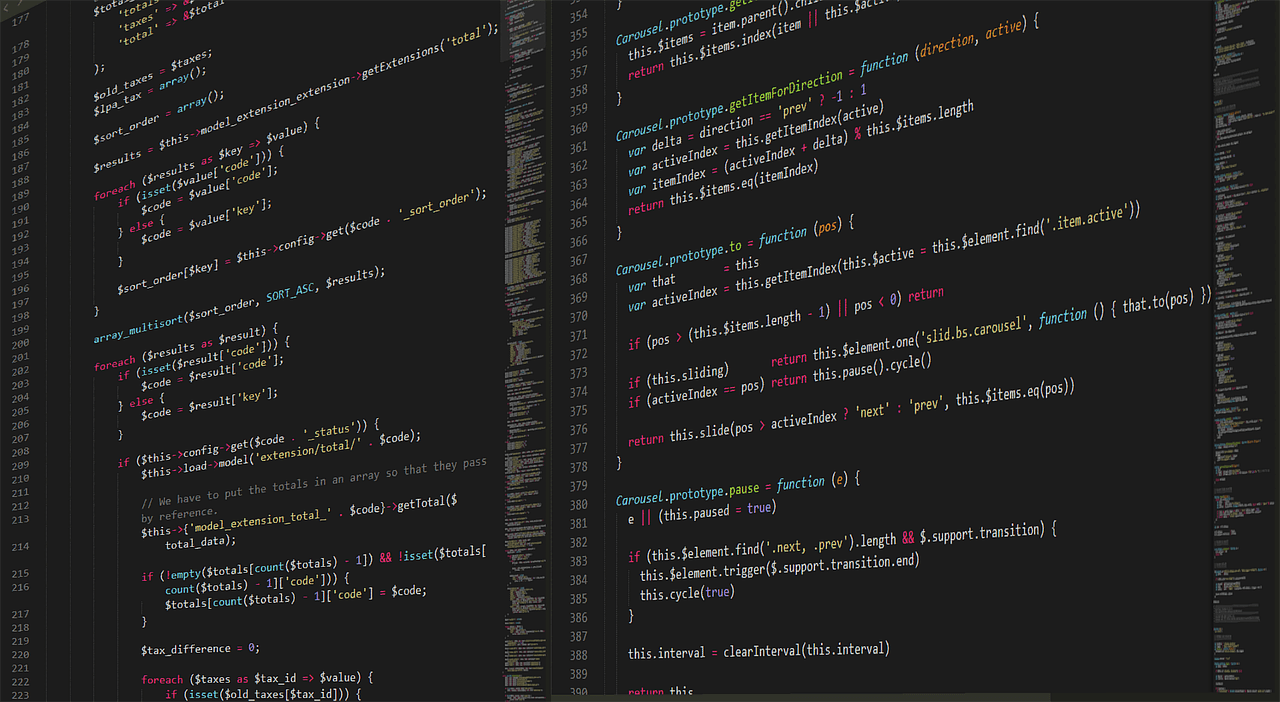
Java Training
Learn More
Java Training
This course provides a comprehensive understanding of JDBC technology, followed by an exploration of Servlets as the foundation of Java's web platform. The course then delves into JSP, which is built on the Servlet architecture. In addition, the course covers the use of JSTL, custom tags, and expression language to reduce the amount of Java code in web pages while enhancing their functionality. Finally, the course offers a high-level overview of Java MVC frameworks, such as Struts.

Training Objective
-
Master the basics of JDBC and the various interfaces in the JDBC API.
-
Discover the role of Java servlets in controlling web applications.
-
Identify the state management options in Java web applications and weigh the pros and cons of each.
-
Understand how JSPs can be used to separate web logic and functionality from page layout.
-
Learn to optimize JSPs for size and functionality with JSTL, custom tags, and expression language.
-
Explore different techniques for exchanging data between web pages (views) and business processing (model).
-
Learn about the importance of MVC (Model-View-Controller) design pattern in web development.
Training Content
-
Fundamentals of JDBC technology
-
Overview of JDBC architecture
-
Understanding of the java.sql package
-
Connection, Statement, and ResultSet interfaces
-
Working with Prepared Statement
-
Introduction to Callable Statement
-
Navigating Scrollable and Updatable ResultSet
-
Batch Updating in JDBC
-
Exploring ResultSetMetaData
-
Simple Transaction Management with JDBC
-
A comparison of the four levels of JDBC drivers and their advantages and disadvantages
-
Notable features of JDBC 3.0/4.0

